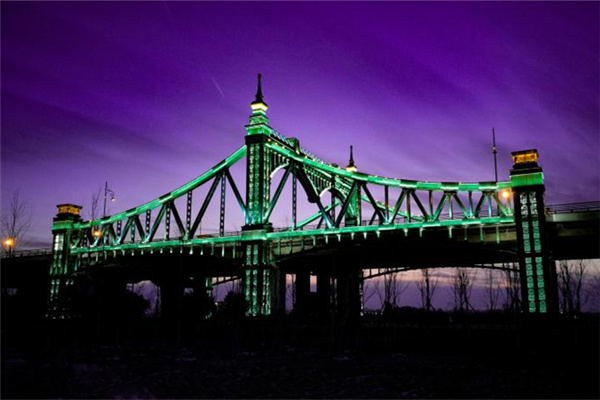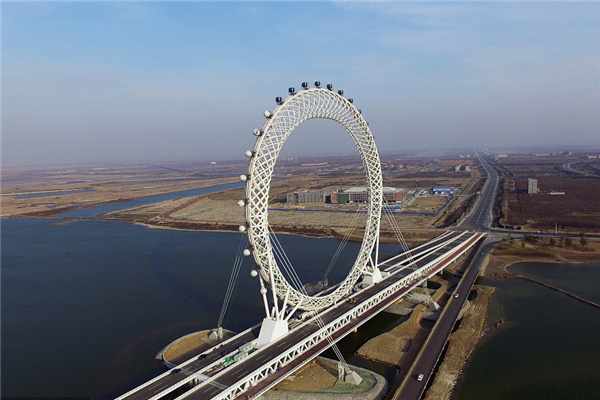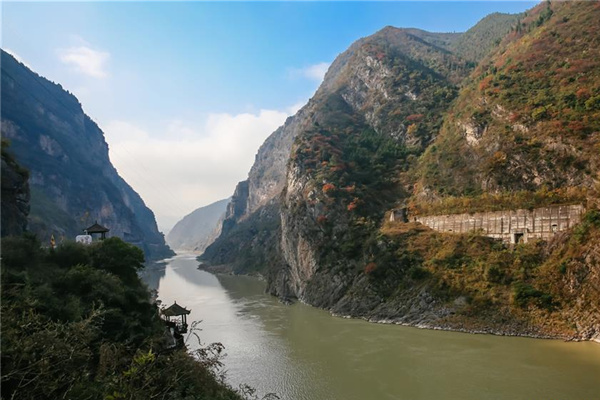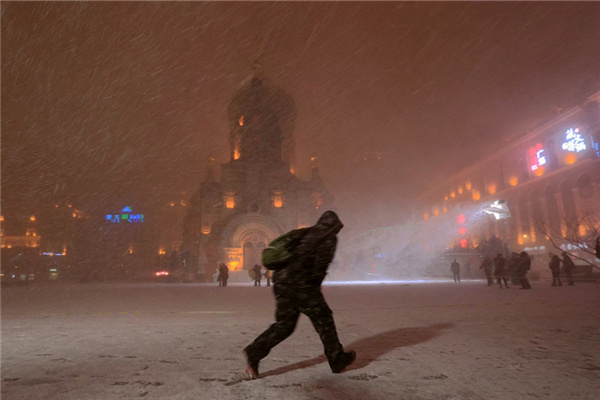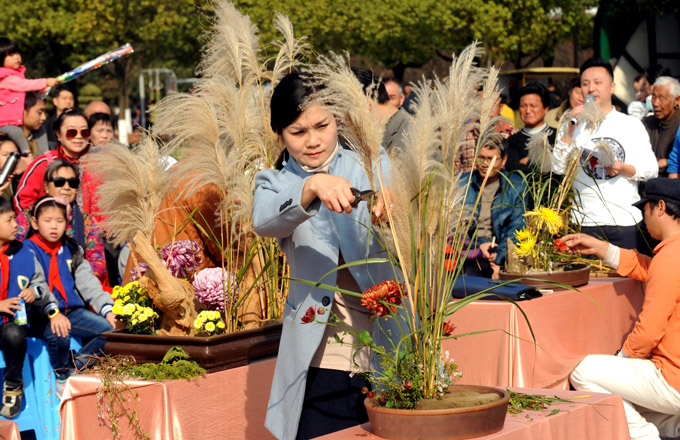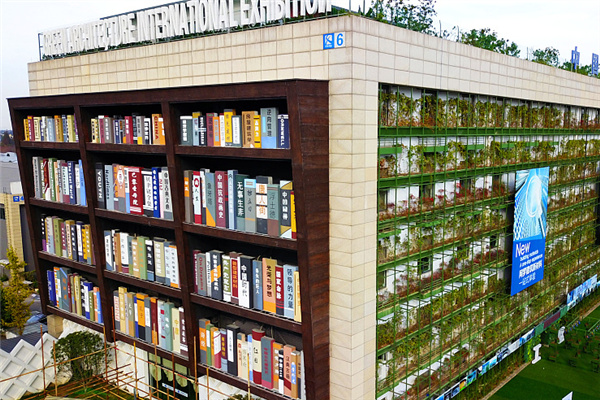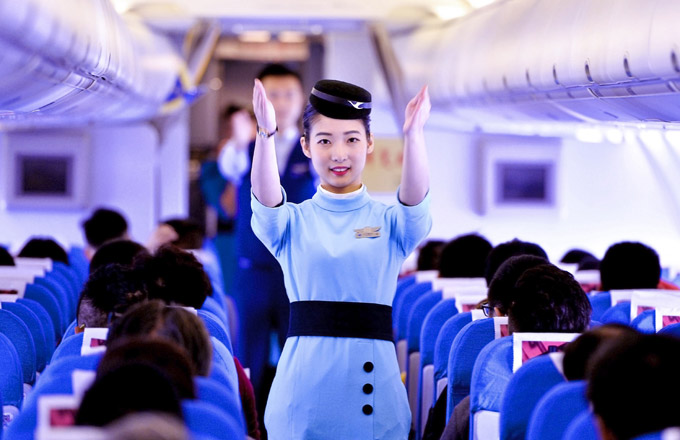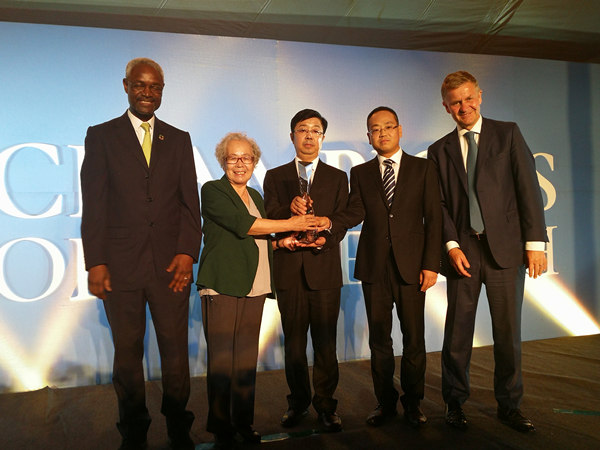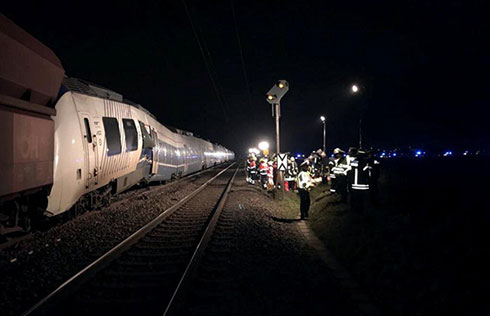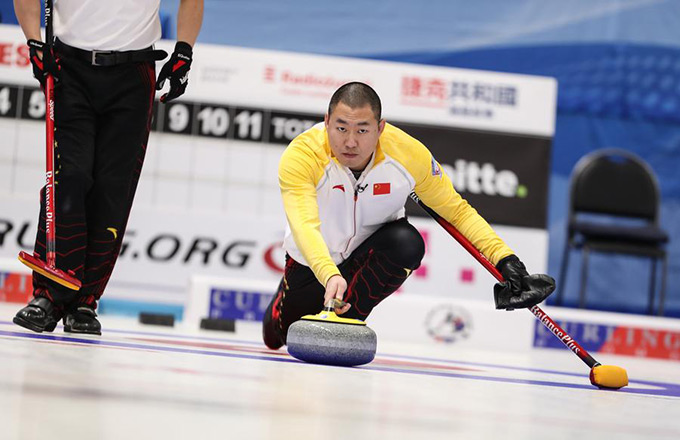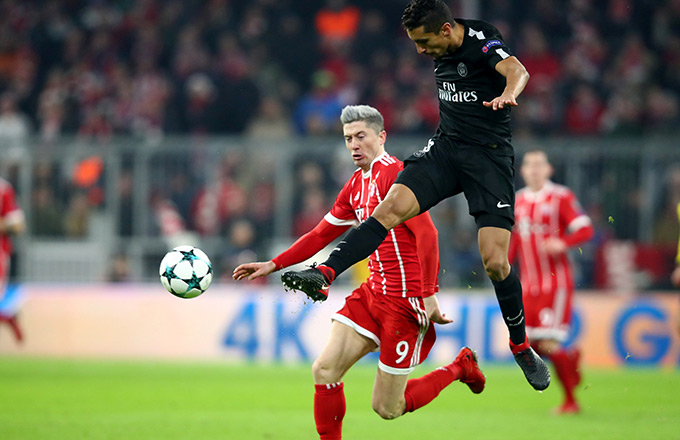

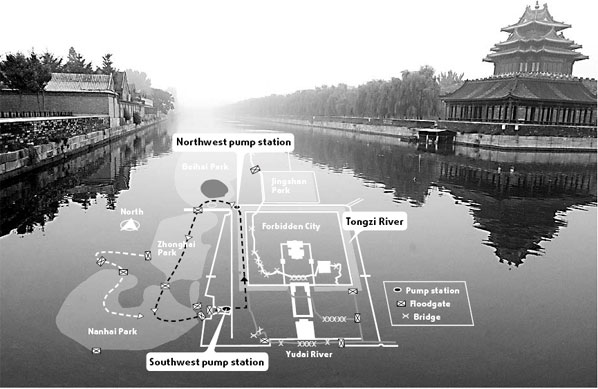
Historians cannot agree about when the Forbidden City's moat - the water that surrounds today's Palace Museum in Beijing - began to be called the Tongzi, or Pipe, River.
But there is no dispute that the moat was designed and built along with the Forbidden City as the imperial palace during the Ming Dynasty, between 1406 and 1420.
Since then, the 3,500-meter moat system has served as the last-ditch line of defense for 24 emperors during the Ming and Qing dynasties. Today the moat is a popular spot for Beijing residents to have a weekend stroll or pose for pictures.
Until recently, the Tongzi River has undergone just one overhaul in their history. The rivers became a circular system with an underground channel, which was added at the south end of the palace. That was in 1760, under Emperor Qian Long's reign. The same emperor was famous for rejecting a visiting British official wanting to establish trade ties with China.
The emperor would turn in his tomb if he found out that foreigners were invited to help upgrade the Tongzi River system, including the water channel connecting Zhongnanhai, just to the west of his old palace, a place where some key offices of today's central government are based.
The Tongzi River project was central to Beijing's municipal program to improve urban rivers within the city's Sixth Ring Road.
Since its completion in July 2007, the Tongzi River project has performed perfectly. "You see no dirt or overgrowth of grass, which damages the oxygen in backwater and spreads bad smells. You see clear water. You see fresh flow. And you see a growing population of fish," says Zhang Shiqing, a municipal water authority official. "That's a big difference from one year ago."
The trick was building a pump system to connect the Tongzi Rivers with neighboring lake lands, Beihai Park and Zhongnanhai, so that the regions could exchange water constantly and help one another maintain water quality.
Prior to the project, due to declining rainfall and underground water level, Beijing's city center water system had suffered from a dwindling supply of quality water. Connecting it with sources outside the city would subject it to the risk of pollution.
At the time, Zhang recalls, "the ultimate question was whether we could clean up the Tongzi River (and nearby lakes) without an additional supply of fresh water."
A building project in a historic heritage area would have to follow many rules. No plan that altered the ancient architecture, above or below the ground, was acceptable.
Then US-based water treatment supplier ITT Corporation proposed a solution based on its pump system. ITT tells China Business Weekly that it is also a partner in some other water projects in Beijing, including those for the 2008 Olympic facilities.
According to Yang Chongbing, an engineer with the pump provider, two pump stations, each consisting of two underwater pumps, were placed where the two water systems inter-connected.
Each pump carries a "mini box", as the engineer calls it, to ensure safety. "Whenever there is something we don't expect in our system, the mini box will cut the power supply and alarm the support center for repair work," Yang says, adding that so far no alarm has been raised.
The design has water flowing from Beihai Park into Zhongnanhai, and then from the southwestern pump station into the southern channel of the Tongzi River system. Along the western wall of the Forbidden City, the water will flow northward to reach the northwestern pump station, before it is directed back into Beihai Park.
Then the entire flow can pick up speed in the both water systems, to self-clean and absorb more oxygen. In fact, Yang points out, each pump station is able to create a small water fall at its watergate, accelerating the flow of water to 0.5 cubic meters per second, up from just 0.01 cubic meters per second.
The project now enables the water from the Tongzi River and Zhongnanhai to circulate at least twice a month, with its oxygen demand, a major measurement of water pollution, substantially lowered.
What is special about ITT's customized solution is its low noise and vibration level. One pump station was built virtually underneath the sidewalk near the Tian'anmen Square. But no one is disturbed when the pumps are working.
Low-speed pumps are ITT's "core technology", Yang says. The pumps produce as much noise as a computer.
Of course, the engineer explains, better circulation does not in itself generate more water. To obtain additional fresh water supplies, he says, it is up to the municipal water authority to connect the Tongzi River, as well as the city's 50-odd urban rivers and lakes with the Yangtze water diversion program, a project which is still under way.
(China Daily 03/24/2008 page5)
